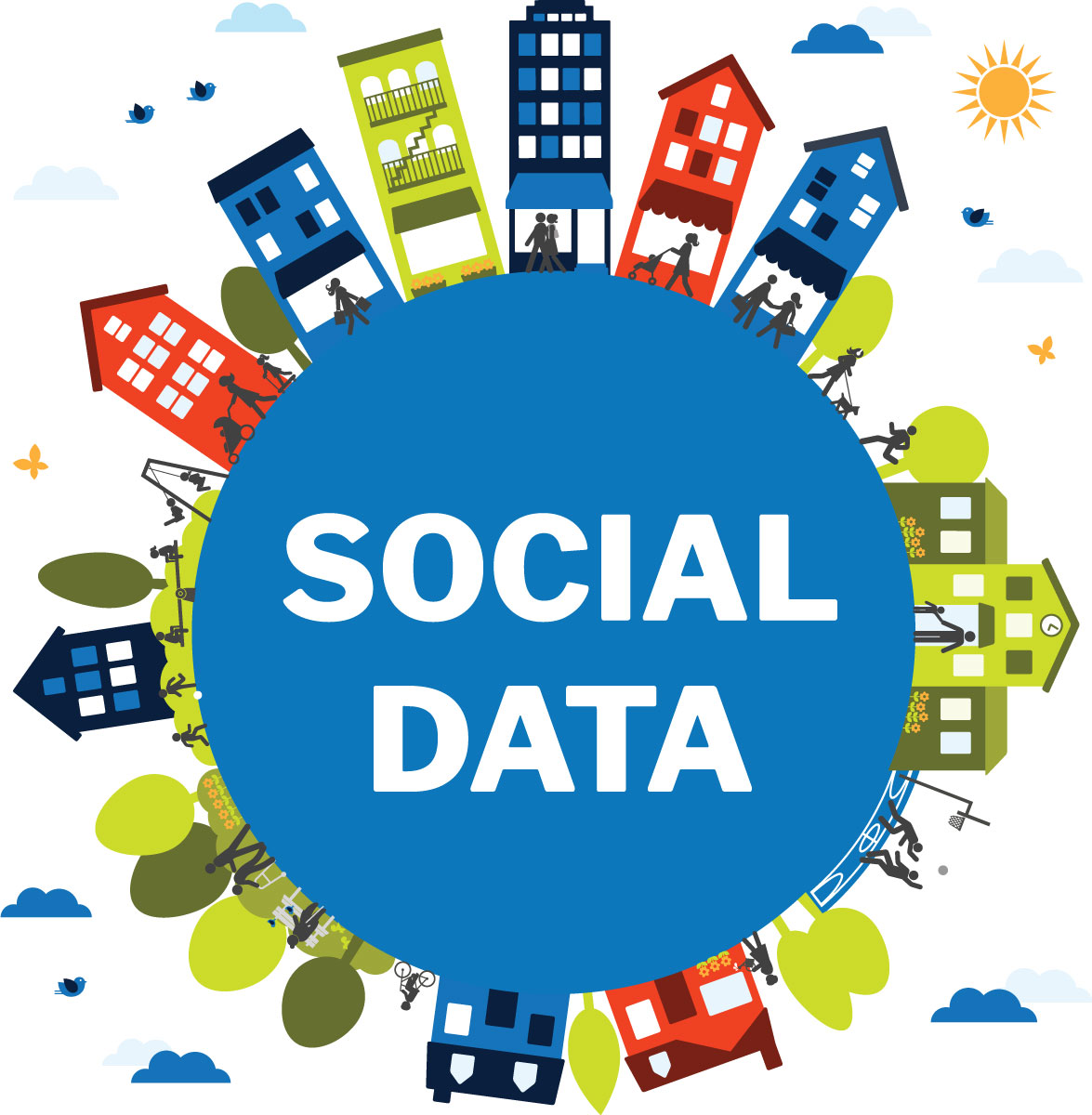
Some experts estimate that between 60 to 80 percent of a person’s health condition is influenced by social factors, far outpacing the impact of direct clinical care¹.
Nutrition, housing, transportation, literacy and education, safety, language and social support are social determinants of health (SDOH) and are key drivers of health outcomes.
The World Health Organization defines SDOH as “the conditions in which people are born, grow, work, live, and age, and the wider set of forces and systems shaping the conditions of daily life.”²
Leaders across healthcare are recognizing the power of social data and how it can unlock valuable insights to influence care and improve individual health. So, it’s no surprise that social data has been invited to join the healthcare data party.
Integrating social determinants into care
The Department of Health and Human Services (HHS) now recognizes the impact that SDOH has on both care outcomes and costs and is exploring ways to integrate them into overall patient care strategies. HHS secretary Alex Azar has recommended allowing some federal health programs to directly address social conditions through a more flexible payment approach. Two social determinants he called out were rent payment support and greater access to nutritious foods.
The goal of this guidance is to better align the government’s health spend with SDOH to improve patient outcomes and reduce overall healthcare costs³. It also encourages broader involvement from health plans to pay for not just traditional sick benefits, but to think about preventative medicine and value-based care from a social point of view.
Many health plans have heeded the call and are exploring ways to recognize and better understand how social determinants affect their members health. This enables a more targeted approach to areas where it is most needed.
Advocate Health Care of Chicago (AHC) implemented an enhanced nutrition plan that began by screening all patients at admission for malnutrition risks. Patients with elevated risk scores received an oral nutritional supplement within two days of admission. Upon discharge, these same patients received nutrition education, post-discharge instructions, follow-up calls and coupons for retail oral nutritional supplements. Within six months, AHC reduced healthcare costs by an average of $3,800 per patient, resulting in $4.8 million in total savings and a significant drop in admission rates among patients at risk for malnutrition4.
Access to transportation is another key social determinant. A recent study showed that missed appointments and care delays cost the healthcare industry an estimated $150 billion each year. Patients without transportation are less likely to adhere to medication plans. To address this issue, MedStar Health and Denver Health Medical Center teamed up with Uber, Lyft and other ridesharing companies to drive patients to caregivers and pharmacies.
CalvertHealth Medical Center is bringing its Mobile Health Center, complete with two fully equipped exam rooms and one transitional room, to residents who lack access to transportation5.
Getting to personalized care with social data
Collecting and utilizing social determinant data offers a promising opportunity for providers and health plans in their quest to provide more personalized care for individuals.
Passport Health, a Medicaid plan in Kentucky, sought to identify patients with housing issues. They mined EHR data and the Department of Housing and Urban Development public housing database, searched membership eligibility files for keywords like “couch surfing” or “place to place” and used natural language processing to scan unstructured electronic medical record notes. Using this data, along with data from other social categories allowed Passport to identify patients likely to require higher levels of care prior to them incurring lengthy hospital stays, costly doctor visits and expensive care6.
Mission Health Partners, a Medicaid Shared Savings Program in North Carolina, combined SDOH data with their claims and clinical data to identify and create special social service programs for members at risk of having hospital or ED visits. Using this expanded data set, they realized a 25 percent increase in their risk prediction in a six-month period7.
Indiana University-Purdue University Indianapolis developed algorithms to predict the need for social intervention and applied it to 48 socioeconomic and public health indicators. So far, the algorithms have resulted in specificity measures of between 60 and 77 percent8.
The more data the better the insights into drivers of health
In order to truly impact the health of the individual patients, we need deeper insights provided by all types of data, including socio-demographic. It’s not surprising that factors like nutrition, housing and transportation play such a substantial role on the health of the individual.
Demographic data that has been collected for decades is now becoming an important information source and complements the vast amounts of clinical and consumer data coming on line. This social data is shining a spotlight on the reality that people are not just data points, instead it offers a view into how their health is largely shaped by the conditions in which they work and live.
The technology revolution enveloping the healthcare industry is allowing organizations to bring together traditional and emerging data sets more rapidly and effectively than ever before. The tools are now available to convert this data into real-life decisions that can help ensure every person is receiving the care that meets their individual needs and living situation. So the next time your physician’s asks you about your living situation or diet, know that we are one step closer to healthcare that treats you as a unique individual.
[1] Artificial Intelligence, Big Data Basics Lead Top 10 Stories of 2018, by Jennifer Bresnick, Health IT Analytics, December 12, 2018
[2] What Are The Social Determinants of Population Health, by Jennifer Bresnick , Health IT Analytics, August 18, 2017
[3] Azar Outlines HHS Ambition on Social Determinants of Health: 5 Takeaways, by Steven Porter, November 14, 2018.
[4] How Addressing Social Determinants of Health Cuts Healthcare Costs, by Jacqueline LaPointe, June 25, 2018
[5] Ibid
[6] Could The Latest In Medical Treatment Be…A Roof? Medicaid Says Maybe, by Anita Cattrell, Health Affairs blog, December 13, 2018.
[7] Here’s how 4 organizations are leveraging IT to address social determinants of health, by Andrew Rebhan and Peter Kilbridge, IT Forefront, Advisory Board, June 5, 2018.
[8] Ibid

